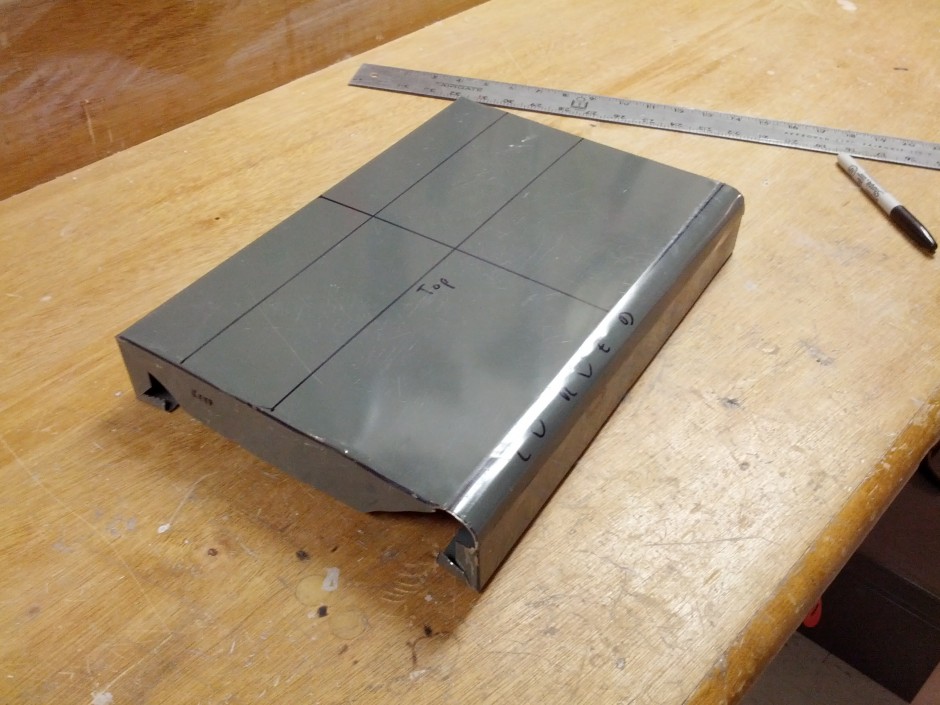In addition to designing speakers, I have been designing and building a low power tube amp over the past year. The goal was to make a (relatively) inexpensive nice sounding, classy looking tube amp. For those that do not know, most amplifiers, such as those powering basically any speaker in any device or set up you own, are known as solid-state; solid-state amplifiers rely on transistors and other semiconductors to amplify the audio signal and power the speakers. These have come into popularity alongside the transistor in the 80’s and up to today. Before transistors, people used vacuum tubes, which can be thought of as lightbulbs. In a vacuum tube a heater (wire that glows red hot) literally boils off electrons which are then attracted to repelled by a charged metal mesh screen. These electrons then hit a metal plate where it is seen as electricity. This audio signal is applied to the screen; a small audio signal can have big change to the flow of these boiled off electrons, i.e. amplify.
The tube amp I designed is only 10 watts per channel as compared to most modern amplifiers/receivers which are 50~100 watts per channel. Even though it is left powerful than it’s solid state counterparts, tube amps are known for their warm rich sound.
I started off my build with a sheet of steel; I haven’t really worked with steel much so the main form of the amplifier is pretty crude. The only tools I used for this part were shears and a metal brake. I forgot to take pictures of some areas of the build, such as drilling holes in the metal chassis. Currently all that remains is for me to solder all the internal electronics, all that is on the amp right now are connectors and large components, such as the tubes and transformers.








